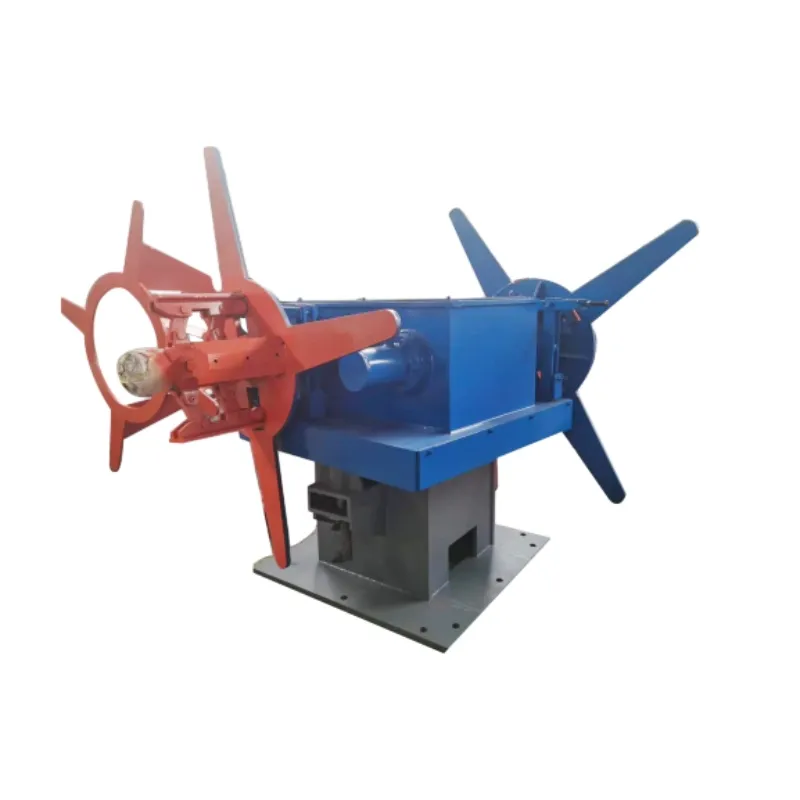wire straightening and cutting
Wire Straightening and Cutting An Essential Process in Manufacturing
Wire straightening and cutting is a critical process in various manufacturing industries, often overlooked yet pivotal in ensuring that wire products meet stringent specifications. This process not only enhances the quality of the final product but also optimizes efficiency in production. Understanding the intricacies of wire straightening and cutting offers valuable insights into its significance and application in today’s industrial landscape.
The Importance of Wire Straightening
Wire products are used extensively in the construction of structures, machinery, and consumer goods. However, during production, wire can become bent, coiled, or otherwise deformed, affecting its usability. Straightening is essential to restore the wire to a uniform shape, eliminating kinks and ensuring that it is fit for further processing. This is particularly crucial in industries such as automotive, aerospace, and electronics, where precision is non-negotiable.
Straightening is typically achieved using specialized machines that employ a series of rollers and dies. These machines work by applying pressure to the wire at specific angles, gradually reforming it into a straight line. The effectiveness of the straightening process often depends on several factors, including the type of wire, its diameter, and the material properties. Therefore, selecting the right equipment and technique is crucial for achieving the desired straightness and quality.
Cutting Precision and Efficiency
Once the wire is straightened, the next step is cutting it to the desired length. This phase is also vital as it ensures that each piece of wire meets the exact specifications required for its intended application. Precision cutting is essential, as any discrepancies can lead to material waste, increased costs, and delays in production.
Modern cutting machines utilize various technologies to enhance accuracy and efficiency. For instance, automatic cut-to-length systems can process thousands of feet of wire per hour, significantly reducing labor costs and production time. These systems often incorporate sensors and computerized controls that help maintain precision, ensuring that each cut is made accurately according to predetermined lengths.
wire straightening and cutting

Quality Control Ensuring Excellence
In both straightening and cutting, quality control plays a pivotal role in maintaining the standards required in manufacturing. After straightening and cutting, each piece of wire is typically subjected to inspections to verify its dimensions and structural integrity. This can involve the use of calipers, micrometers, and other measuring instruments to ensure that the wire meets strict tolerances.
Defects in wire can lead to catastrophic failures in applications that demand reliability. For instance, a minor flaw in a wire used in an aircraft's fuselage can compromise the safety of an entire flight. As such, industries often employ rigorous testing protocols, including tensile testing and fatigue testing, to ensure that the wires they use are of the highest quality.
Environmental Considerations
In an era where sustainability is paramount, the wire straightening and cutting industry is also adapting to eco-friendly practices. Manufacturers are increasingly seeking ways to minimize material waste and reduce their carbon footprint. This includes investing in more efficient machines that use less energy, recycling scrap wire from production processes, and sourcing materials from sustainable suppliers.
Conclusion
Wire straightening and cutting may seem like simple tasks, but they are foundational processes that contribute significantly to the quality and reliability of manufactured products. As industries continue to evolve, the technology and techniques used in wire processing are also advancing, leading to enhanced precision, efficiency, and sustainability. By focusing on these processes, manufacturers can not only improve their operational efficiency but also ensure that they meet customer expectations and regulatory requirements in an ever-demanding market. As technology continues to advance, the future of wire straightening and cutting looks promising, paving the way for innovative solutions and improved manufacturing practices.
-
Pipe End Closing Machine High-Speed Tube Forming SolutionsNewsApr.29,2025
-
Sheet Metal Forming Rollers Precision Roll Forming SolutionsNewsApr.29,2025
-
High-Efficiency Roller Straightener Machine Precision Wire StraighteningNewsApr.29,2025
-
Low Speed Metal Cutting Saws Precision Cutting & DurabilityNewsApr.28,2025
-
Shear Baler for Sale - High-Efficiency Scrap Metal ProcessingNewsApr.28,2025
-
Shutter Door Rolling Machine - High-Speed & Precision BuiltNewsApr.27,2025


